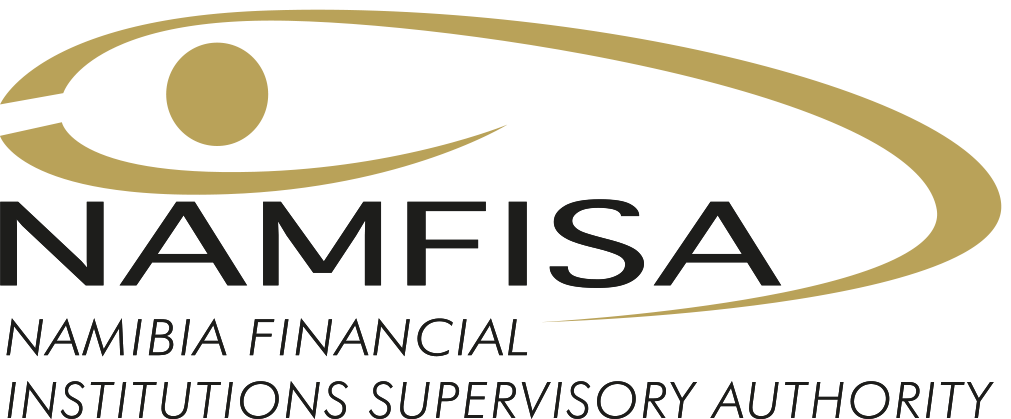Understanding Medical Aid Exclusions
Medical aid funds are designed to guarantee access to essential healthcare for their members. However, rising healthcare costs—often exceeding inflation—threaten the affordability and sustainability of private healthcare. To manage this, medical aid funds implement exclusions on certain medicines, treatments, and procedures.
Why Exclusions Exist to:
- Maintain affordability for all members
- Ensure benefits are evidence-based and clinically justified
- Align with best practice and the laws of Namibia
- Avoid covering services with little or no medical necessity
For example, emergency surgery for acute appendicitis is covered, while elective cosmetic procedures may not be, unless clinically necessary.
What Members Should Know
Each fund outlines its exclusions in its Fund Rules, which are legally binding. It is the member’s responsibility to:
- Know what is not covered
- Confirm whether a treatment or medicine is included before undergoing it
Failure to do so means the member must cover those costs out-of-pocket.
Why Exclusions Exist to:
- Maintain affordability for all members
- Ensure benefits are evidence-based and clinically justified
- Align with best practice and the laws of Namibia
- Avoid covering services with little or no medical necessity
For example, emergency surgery for acute appendicitis is covered, while elective cosmetic procedures may not be, unless clinically necessary.
What Members Should Know
Each fund outlines its exclusions in its Fund Rules, which are legally binding. It is the member’s responsibility to:
- Know what is not covered
- Confirm whether a treatment or medicine is included before undergoing it
Failure to do so means the member must cover those costs out-of-pocket.
Common Medical Aid Exclusions in Namibia
Below are examples of services and products generally not covered by most registered medical aid funds:
- Cosmetic products: Moisturisers, medicated shampoos, cleansers, etc. (except for lice, scabies, psoriasis)
- Nutritional supplements: Including baby food and patent foodstuffs
- Weight-loss treatments: Slimming preparations or obesity medications
- Non-prescribed medications: Unless Schedule 0–2 from a registered pharmacist
- Unregistered or household remedies
- Sterility, impotence, and infertility treatments
- Vitamins and tonics
- Substance abuse medications
- Conditions due to medical non-compliance or negligence
- Suicide or self-inflicted injuries
- Cosmetic surgery: If not medically necessary
- Medical treatment abroad: Unless in South Africa and pre-approved
Note: This list is not exhaustive. Members should request the full list of exclusions from their fund or check the official website.

